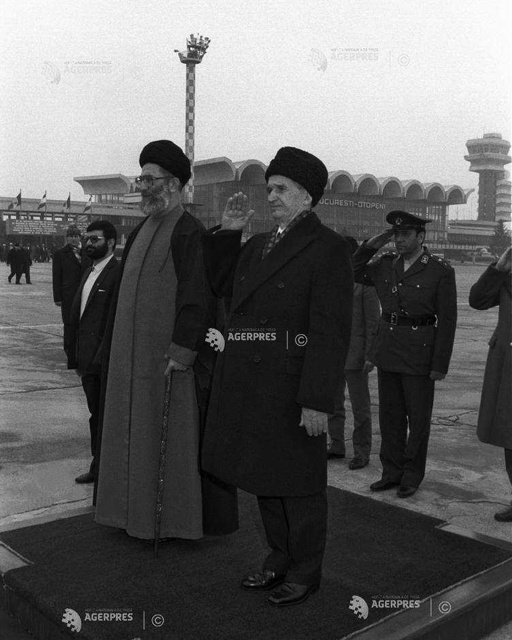The Romanian Revolution was a pivotal uprising in December 1989 that led to the violent overthrow of Communist dictator Nicolae Ceaușescu and the end of over four decades of Communist rule in Romania. It was the only Eastern Bloc revolution that turned violent, resulting in over a thousand deaths. This revolution marked the final collapse of Communist regimes across Eastern Europe in the wake of the Soviet Union’s loosening grip. The Romanian Revolution remains a defining moment in the nation’s history. It marked the violent end of one of Eastern Europe’s most repressive regimes and symbolized both the power and peril of popular uprising.
The speed and brutality of the revolution still stir debate—particularly regarding the role of the military, the nature of the “trial,” and whether it was a spontaneous uprising or a well-orchestrated coup. Nicolae Ceaușescu was born on January 26, 1918, in the village of Scornicești, Romania. Coming from a poor peasant family, he left home as a child and worked various jobs before joining the Romanian Communist Party in his teens. He was imprisoned several times during the 1930s and 1940s for his political activities under the monarchy and later during World War II.


